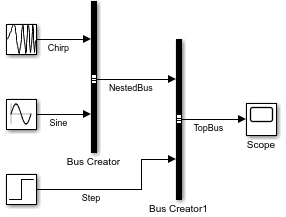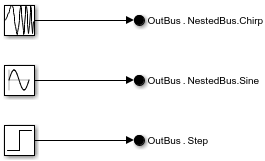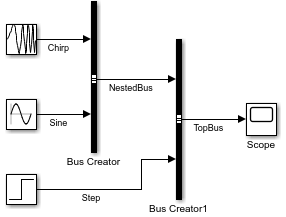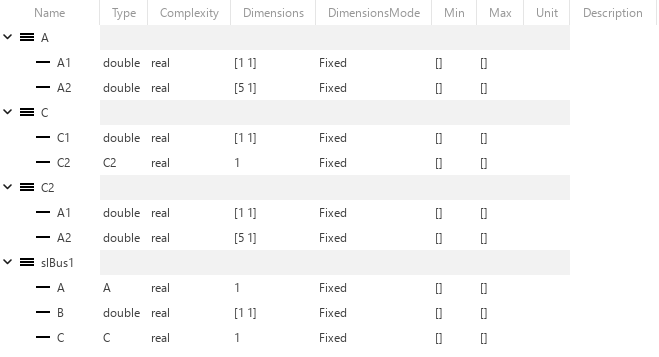Simulink.Bus.createObject
从模块或 MATLAB 结构体创建 Simulink.Bus 对象
语法
说明
busInfo = Simulink.Bus.createObject(___,file,fileFormat)fileFormat 是 "object")使用数组保存 Simulink.Bus 对象定义。"object" 格式使函数更易于读取。fileFormat 的默认值为 "cell",它使用元胞数组并且更加紧凑。
busInfo = Simulink.Bus.createObject(S,file,fileFormat,scope)scope 指定的数据字典中创建 Simulink.Bus 对象。




